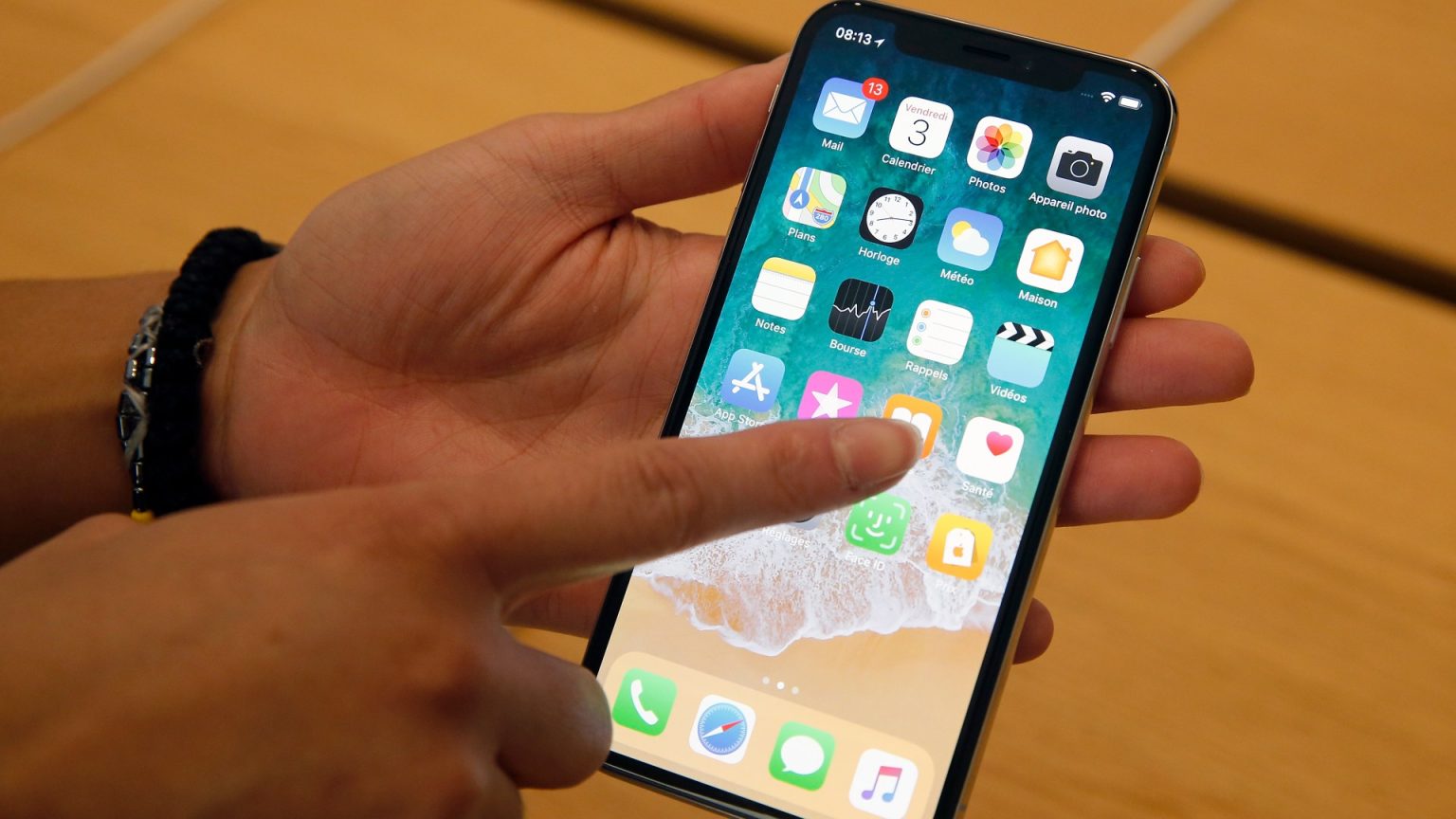Apple, like all technology manufacturers, follows a lifecycle for its products, eventually ending support and service for older models. This process allows the company to focus resources on newer devices and technologies while also encouraging customers to upgrade. Understanding Apple’s policy regarding “vintage” and “obsolete” products provides insight into the expected lifespan of their devices and when to anticipate the cessation of official support. This system allows users to plan for future device replacements and understand the limitations of maintaining older hardware.
Apple categorizes its products as “vintage” when they have been discontinued for more than five years but less than seven. During this period, Apple may continue to provide service and parts for repairs, depending on availability. This “vintage” stage acts as a buffer zone, offering a grace period for users still relying on these devices. However, the availability of parts and service becomes increasingly limited, signaling the eventual end of the road for these products. This encourages users to consider upgrading to a newer model to ensure continued support and access to repairs.
Once a product has been discontinued for more than seven years, it’s classified as “obsolete.” This signifies the complete cessation of official support from Apple. No new parts are manufactured, and repairs, including essential ones like battery replacements, are no longer offered through Apple or authorized service providers. This policy underscores the importance of upgrading to newer models to maintain functionality and security. For users still holding onto obsolete devices, third-party repair options might exist, but they are not officially supported by Apple and may carry risks.
Based on this established pattern, several devices are anticipated to transition to the obsolete category in 2025. The most notable among these is the iPhone X, released in 2017 and discontinued in 2018. This model marked a significant design shift for the iPhone, introducing the now-ubiquitous notch at the top of the screen. Seven years will have passed since its discontinuation in 2018, making it eligible for the obsolete classification. This means that users relying on the iPhone X will need to consider upgrading to a newer model to ensure continued access to software updates, security patches, and repairs.
Beyond the iPhone X, two iPad models are also projected to reach obsolescence in 2025: the 5th generation iPad and the iPad Air 2, both discontinued in 2018. Similar to the iPhone X, these iPads will have reached the seven-year mark since discontinuation, triggering their classification as obsolete. This highlights the continuous evolution of Apple’s product line and the eventual necessity for users to upgrade their devices. While these older iPads may continue to function, the lack of official support increases the risk of security vulnerabilities and limits repair options.
While these projections are based on Apple’s established policies, the official list of obsolete devices is subject to change. Apple retains the right to adjust these classifications based on various factors. However, the predictable nature of their policy provides a valuable roadmap for users anticipating the lifespan of their Apple products. This allows for proactive planning for device upgrades and informed decisions about maintaining older hardware. The eventual obsolescence of these devices reinforces the importance of staying current with technology to maintain optimal functionality, security, and access to support.




